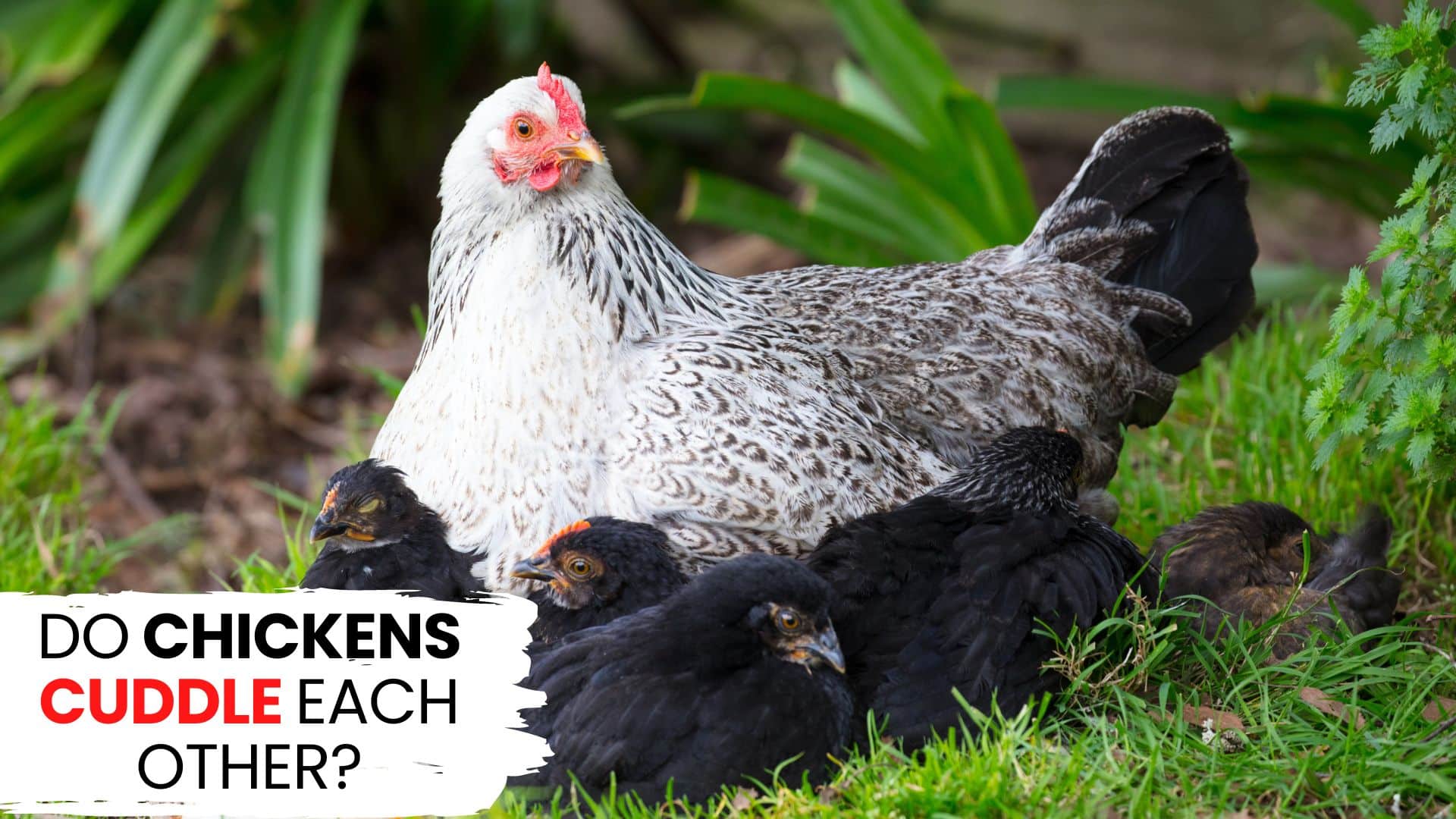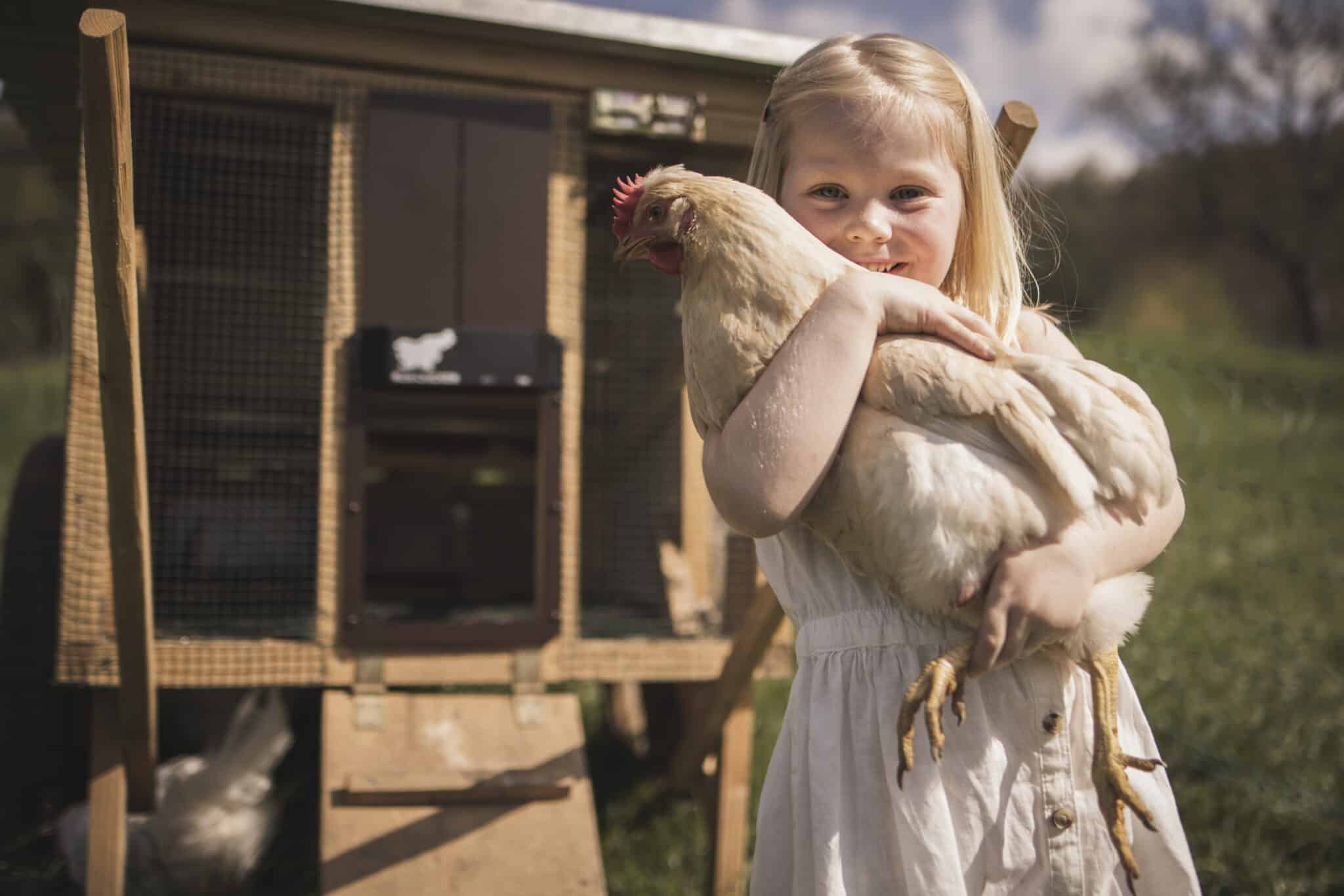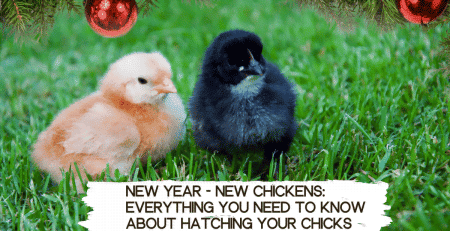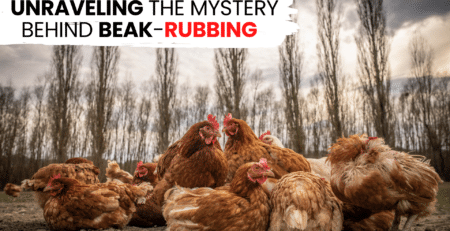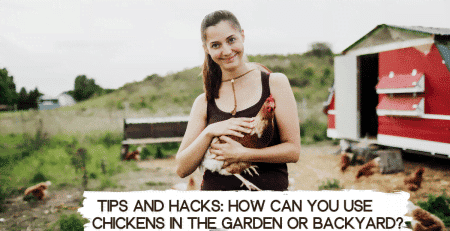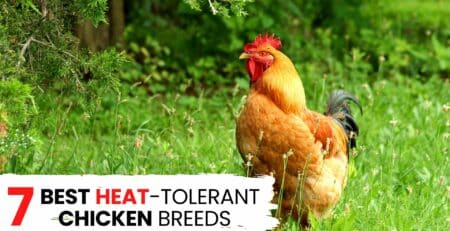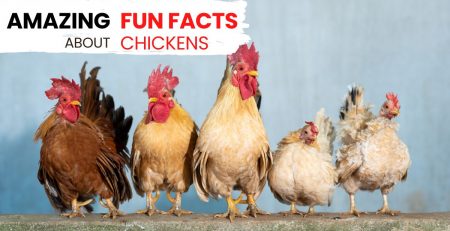Cuddling might not be the first thing that comes to mind when you think of chickens. However, these seemingly simple birds have surprisingly intricate social behaviors and interactions.
Chickens are highly social animals, and they engage in a wide range of behaviors with their flock mates. Let’s learn about the fascinating world of chicken interactions, including the question, “Do chickens cuddle each other?”.
Understanding the Flock Dynamic First
Chickens are not solitary creatures; they thrive in a group setting called a flock. A typical flock consists of a dominant rooster, hens, and possibly some subordinate roosters. Within the flock, a social hierarchy is established, and each chicken has its place. This pecking order ensures order and reduces conflict within the group.
Do Chickens Cuddle?
While chickens may not cuddle in the way humans do, they do display signs of affection and closeness. Chickens are tactile creatures, and they often engage in physical contact with each other. This can be observed when they huddle together for warmth or during preening and allopreening sessions.
Chickens also have been known to lay close to each other while resting or sleeping, showcasing their preference for the company of their flock mates. This behavior reflects their strong social nature and the comfort they find in being close to one another.
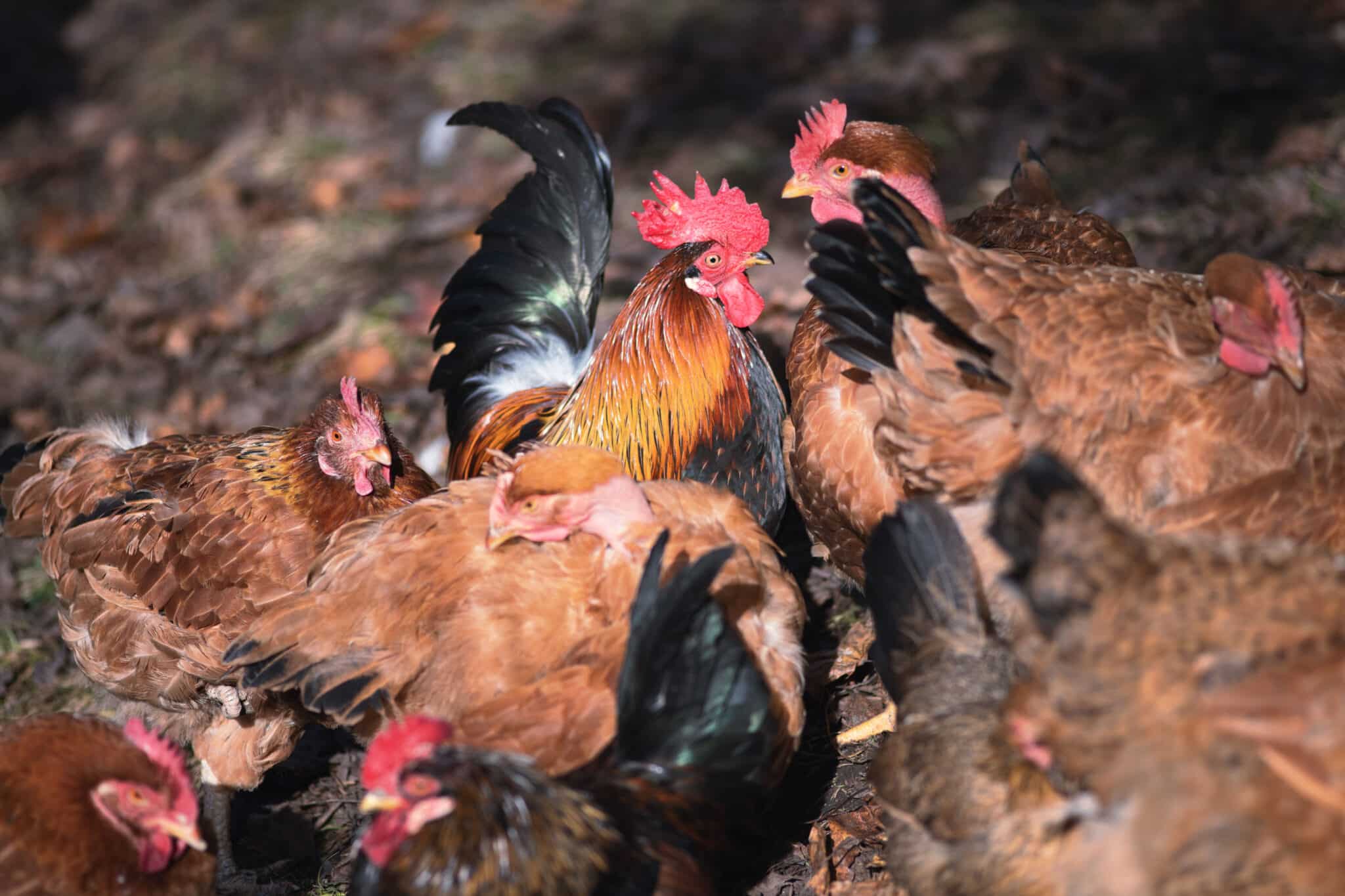
Affectionate Behaviors Among Chickens
One common behavior is preening, where a chicken gently cleans and grooms another’s feathers. This grooming ritual helps strengthen social bonds within the flock and promotes a sense of camaraderie.
Chickens also engage in a behavior known as “allopreening,” where they preen each other. This mutual grooming not only reinforces social bonds but also helps maintain their plumage in good condition, which is vital for insulation and waterproofing.
Nesting and Brooding
Chickens are protective and caring mothers. When a hen is broody, she will sit on her eggs to keep them warm and help them hatch. During this time, other hens in the flock may gather around her to keep her company. This communal behavior fosters a sense of solidarity and support within the flock.
Establishing the Pecking Order
The pecking order is an essential aspect of chicken interactions. Chickens use a series of pecks and body language to establish and maintain their positions within the flock. The dominant hen or rooster will assert their authority by pecking at subordinate flock members, while lower-ranking individuals show submission by crouching or moving away.
It’s important to note that while the pecking order might involve some aggressive behaviors, it is essential for the overall harmony and stability of the flock. Once the pecking order is established, conflicts and aggressive behaviors decrease significantly.
Seeking Comfort in Numbers
Chickens have a natural inclination to stick together, especially when they feel threatened. This behavior is known as “flocking.” When one chicken perceives danger, it emits a distress call that alerts the rest of the flock. The other chickens quickly gather around the distressed individual, forming a protective circle.
Flocking behavior not only offers protection from predators but also provides comfort and a sense of security to the distressed chicken. This behavior demonstrates the strong social bonds within the flock.
As a responsible chicken owner, ensuring the safety and well-being of your flock is paramount. One way to provide them with a secure environment is by using the Run-Chicken Automatic Coop Door.
The Run-Chicken Automatic Coop Door is a cutting-edge device designed to simplify the process of opening and closing the chicken coop. It operates on a long-lasting battery, lasting up to one year, ensuring you won’t have to worry about frequent replacements.
With the Run-Chicken app, you can easily program the door’s opening and closing times according to your flock’s schedule. The app also allows you to monitor the door’s status remotely, giving you peace of mind even when you’re away from home.
The coop door’s waterproof feature ensures that it remains fully functional even during inclement weather, keeping your chickens safe and dry inside their coop.
Investing in the Run-Chicken Automatic Coop Door will not only save you time and effort but also provide your chickens with a secure and comfortable environment, allowing them to continue their natural social behaviors without disruptions.
Communication Among Chickens
Chickens have a surprisingly intricate communication system that enables them to convey various messages to each other. While they may not speak in words, they use a combination of vocalizations, body language, and visual displays to communicate effectively within their flock.
1. Vocalizations: Clucks, Cackles, and More
Chickens have a diverse range of vocalizations, each with its own meaning. The most common vocalization is the familiar “cluck.” Hens often cluck softly to communicate with their chicks or to signal contentment while foraging. A more urgent and rapid clucking may indicate that a hen has found a food source, encouraging other flock members to join her.
Roosters, on the other hand, have a distinct crowing call. The crow serves multiple purposes, such as establishing territory, announcing their presence to potential mates, and signaling the beginning and end of the day.
In addition to clucks and crows, chickens use various other vocalizations like cackles, squawks, and purrs to convey specific messages within the flock.
2. Body Language: More Than Just Flapping Wings
Chickens are adept at using body language to express their feelings and intentions. One common behavior is wing flapping, which can serve as both a greeting and a warning. A hen may use a gentle wing flap to greet her chicks or invite them to eat, while a more aggressive wing flapping may signal a territorial warning to other chickens.
Furthermore, the position of a chicken’s head, body, and tail can indicate its mood and intentions. For example, a submissive chicken may lower its head and body, avoiding eye contact with a dominant flock member. Conversely, a dominant chicken may strut with its head and tail held high, asserting its authority.
3. Visual Displays: The Language of Feathers
Chickens also use their plumage to communicate non-verbally. One common visual display is the “puffed-up” appearance, where a chicken raises its feathers to make itself look larger and more imposing. This behavior is often associated with aggression or territorial defense.
Another visual display is the “wattle dance.” The wattles are the fleshy red lobes that hang from a chicken’s chin. During courtship or when trying to impress a potential mate, a rooster may perform a wattle dance by wiggling and displaying his wattles.
Final Words
Chickens are much more than just farm animals; they are highly social creatures with complex interactions and behaviors. While they may not cuddle in the way humans do, they show affection and support for each other in various ways. Understanding and appreciating these interactions can lead to better care and welfare for our feathered friends.

